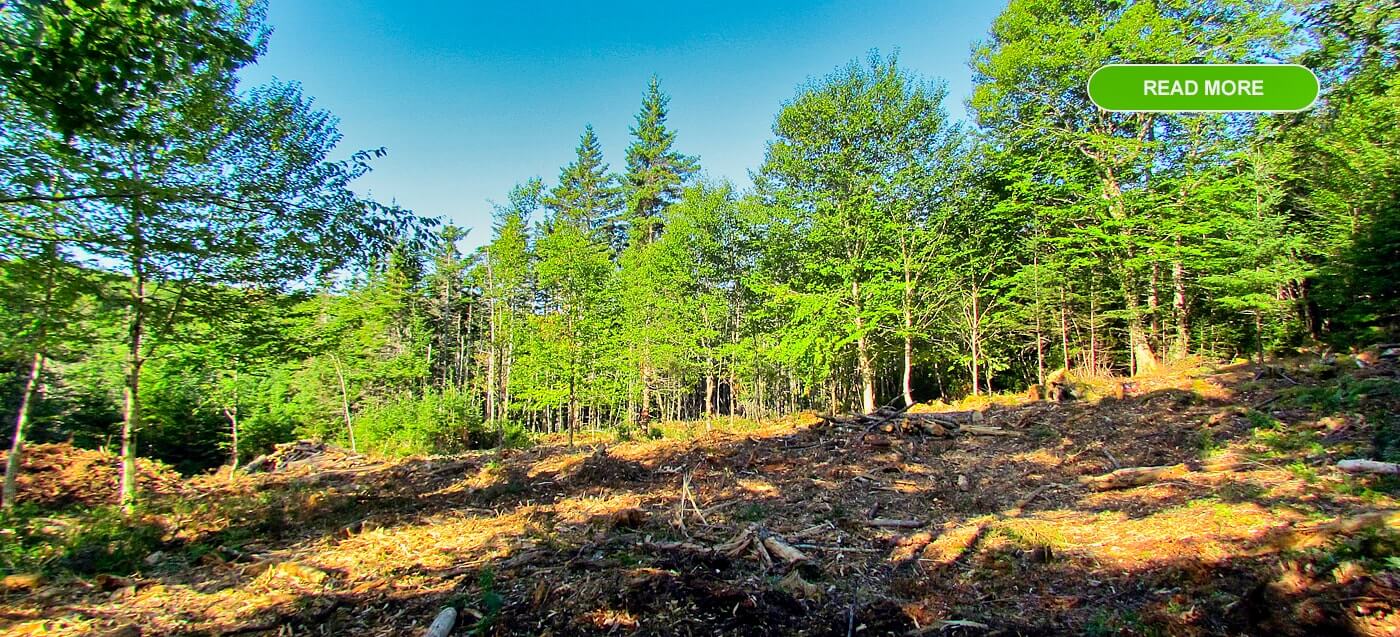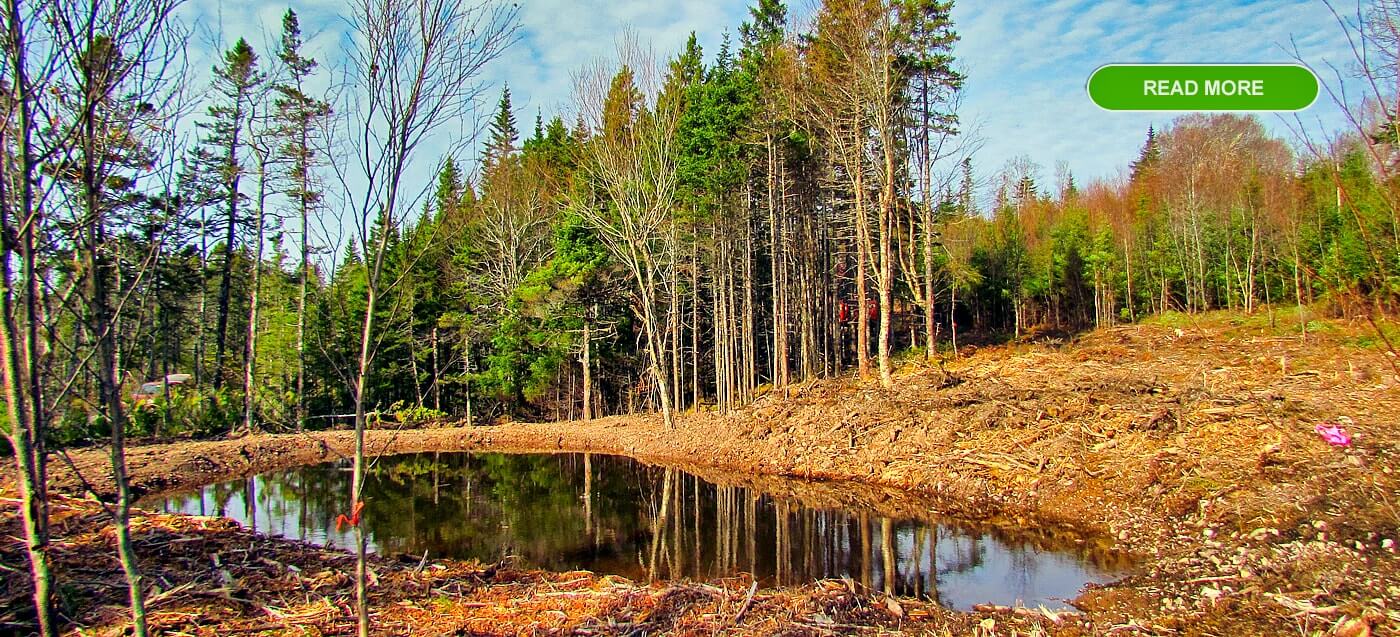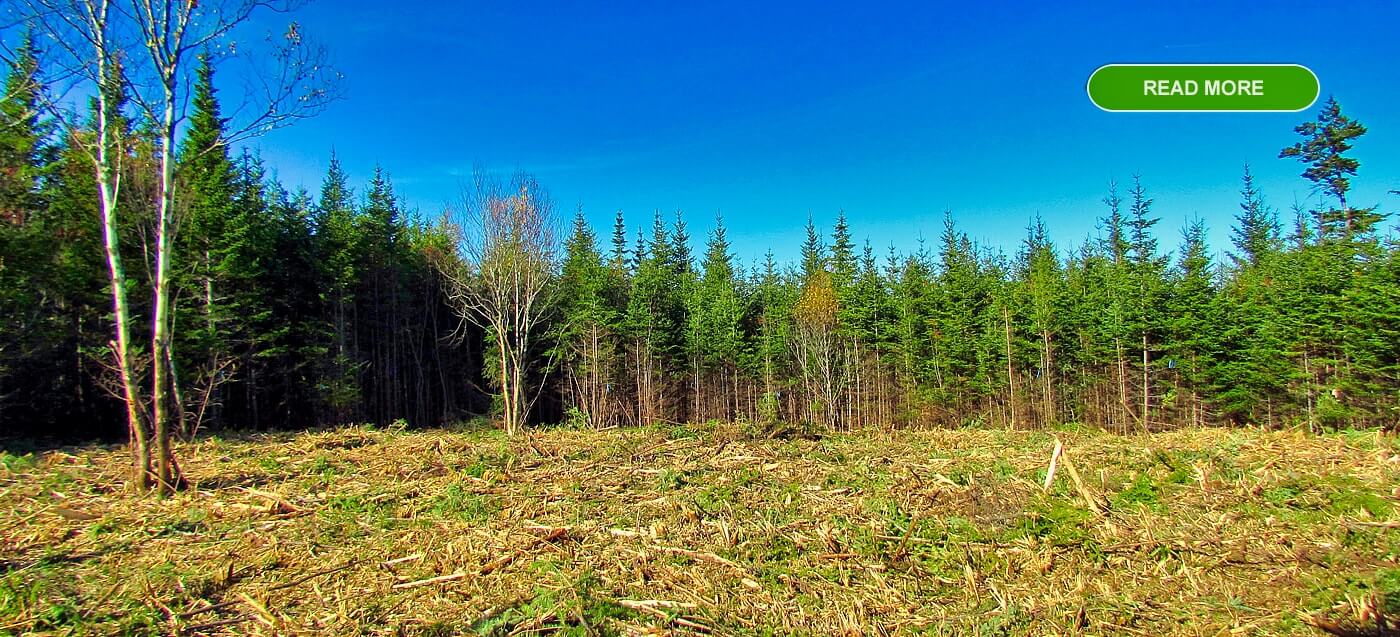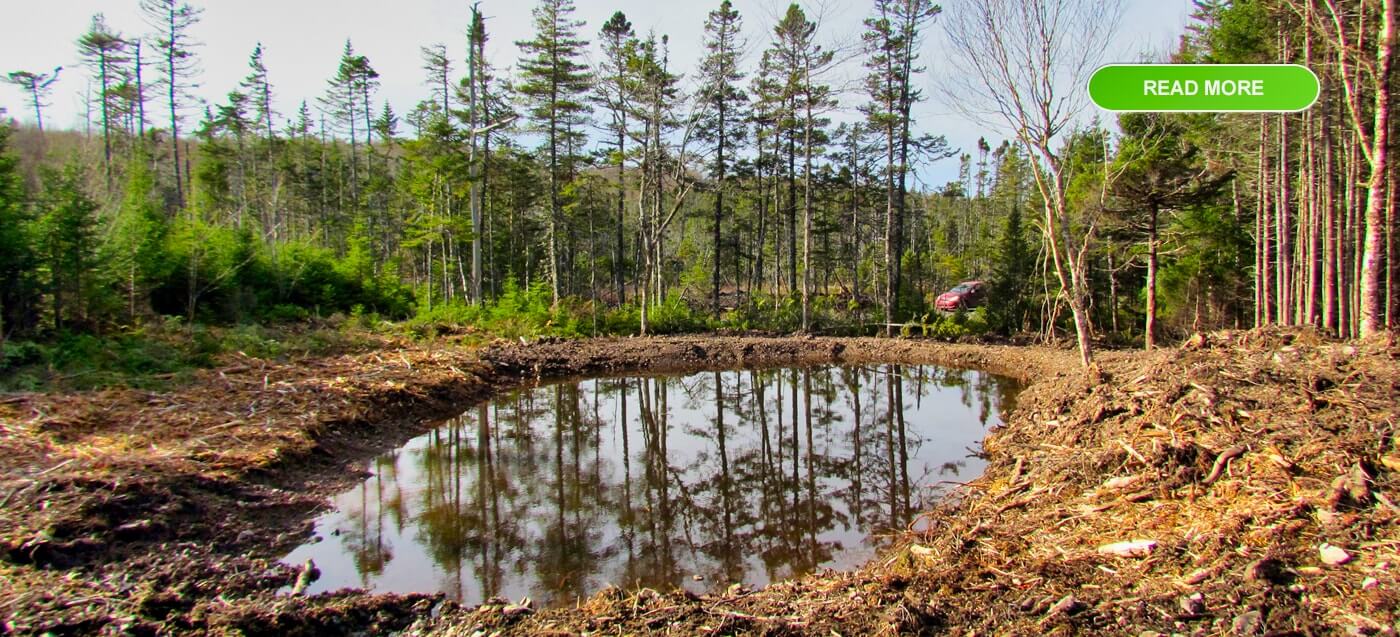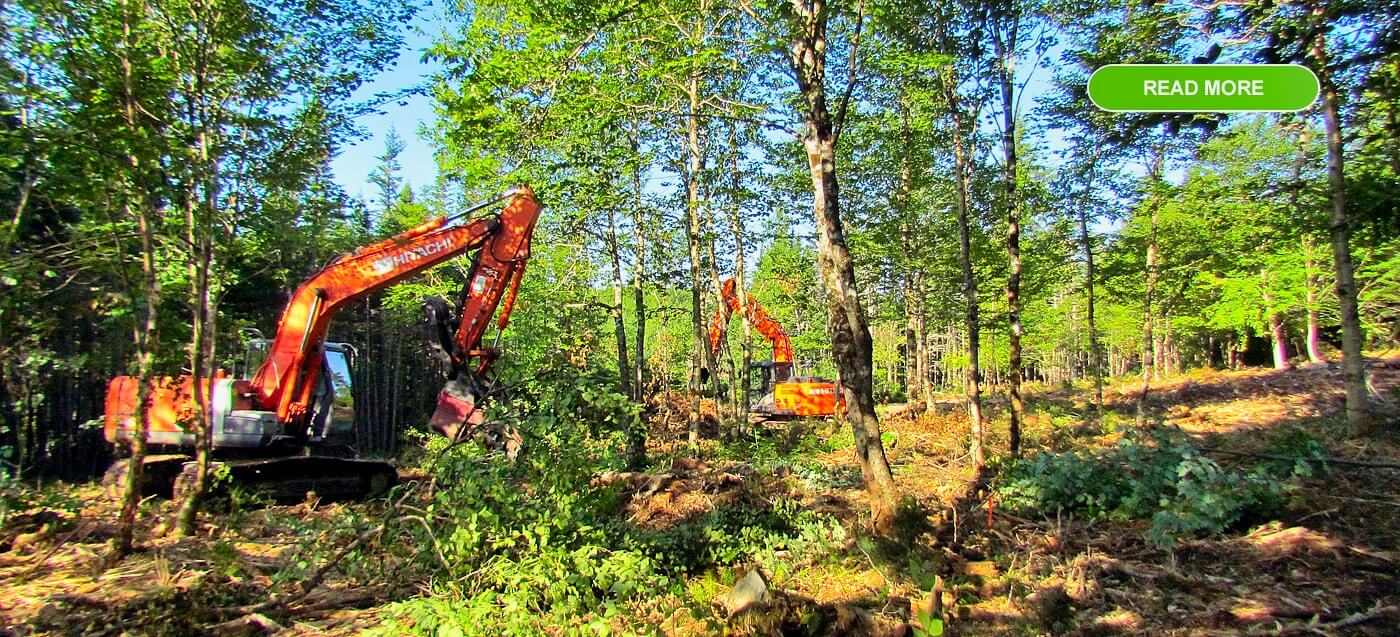Permaculture and self-sufficient garden concept
The slightly hilly and differently wooded area of the show house area allows for a use as a recreation and leisure area as well as a cultivation area for various crops. These are harmoniously integrated into the overall concept and serve to ensure the greatest possible self-sufficiency and self-sufficiency of the future residents. It is important to us to generate diversity instead of simplicity and to make the overall design of the landscape as family and child-friendly as possible.
Some forestry measures will also be necessary here. A part of the old coniferous wood stock will gradually be cut down and reforested as a high-quality mixed forest.
The different areas of this garden and forest landscape, which have been created here and are still to be created, will serve as a model to show what can actually be cultivated, produced and stored in practice. Pastures and flower landscapes for the bees, orchards with e.g. apple, pear, plum, cherry, peach and walnut trees. Hazelnut and berry hedges, crater garden with vines and kiwis, raised beds for salads, strawberries, cucumbers, tomatoes, cabbage etc. A small potato field, Jerusalem artichoke, wild herbs, nettle and dandelion fields etc.
A self-built foil tunnel as a greenhouse, an earth storage cellar in “Sepp Holzer” construction for storing fruit, vegetables or potatoes.
Self-designed ponds in different shapes, depths and sizes invite water plants and animals to settle there. The brook running along the property boundary was included in the garden concept.
The naturally existing vegetation is to be supplemented sustainably and sensibly with useful plants and other wild herbs of all kinds. Everything may complement each other in a symbiosis of interaction in differently designed microclimate zones. As a model here, too, a wide variety of gardening and permaculture projects already implemented worldwide serve as models which are adapted to the soil and climate conditions existing on Cape Breton Island. The idea of living within edible landscapes shall be applied in a practical way. Especially “old” varieties and species of useful and cultivated plants of Atlantic Canada will be resettled. We also use our contacts to local producers such as tree nurseries, horticultural companies and seed breeders.
On the open space in front of the house we will of course also set up a campfire for socializing in the evening hours.
The whole garden concept is not yet completely finished, both in terms of the idea and the implementation, and requires further development and design.
Here we are open for relevant and creative hints and ideas.
 Deutsch (German)
Deutsch (German)

